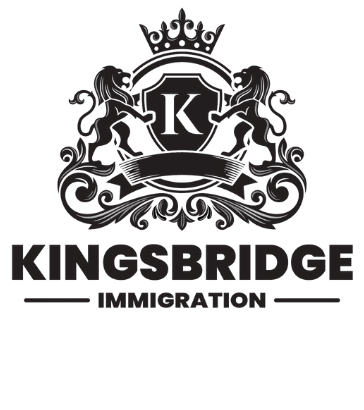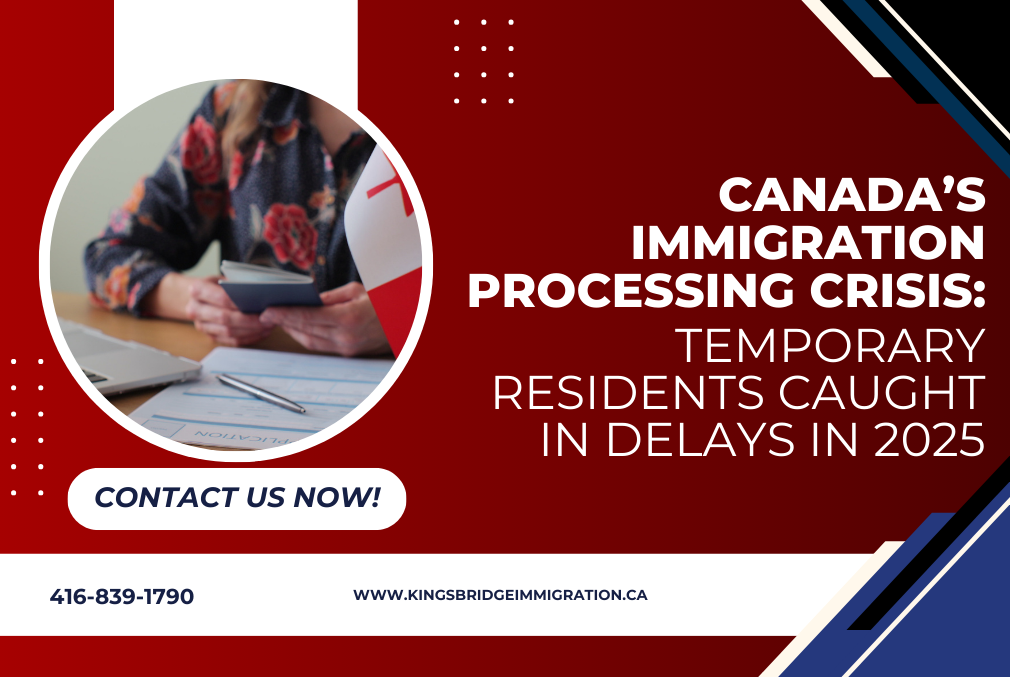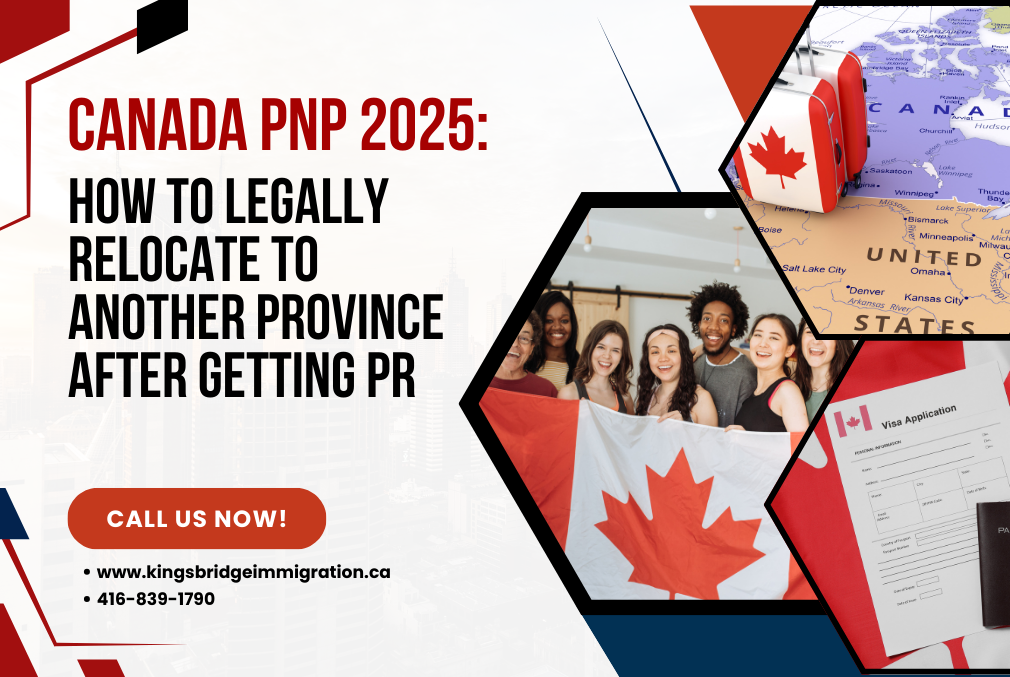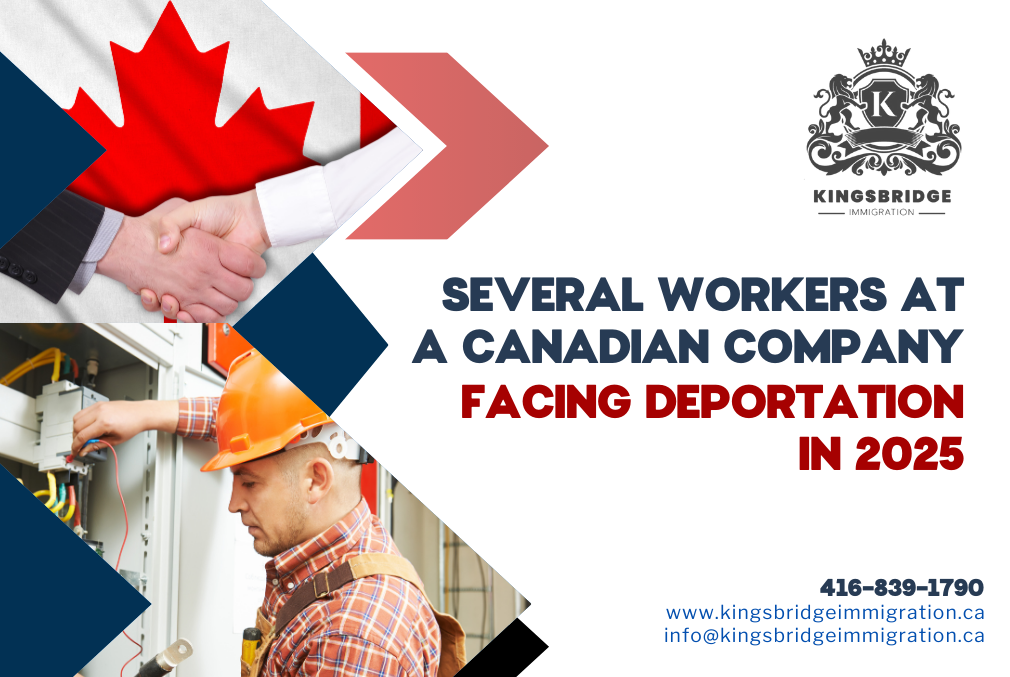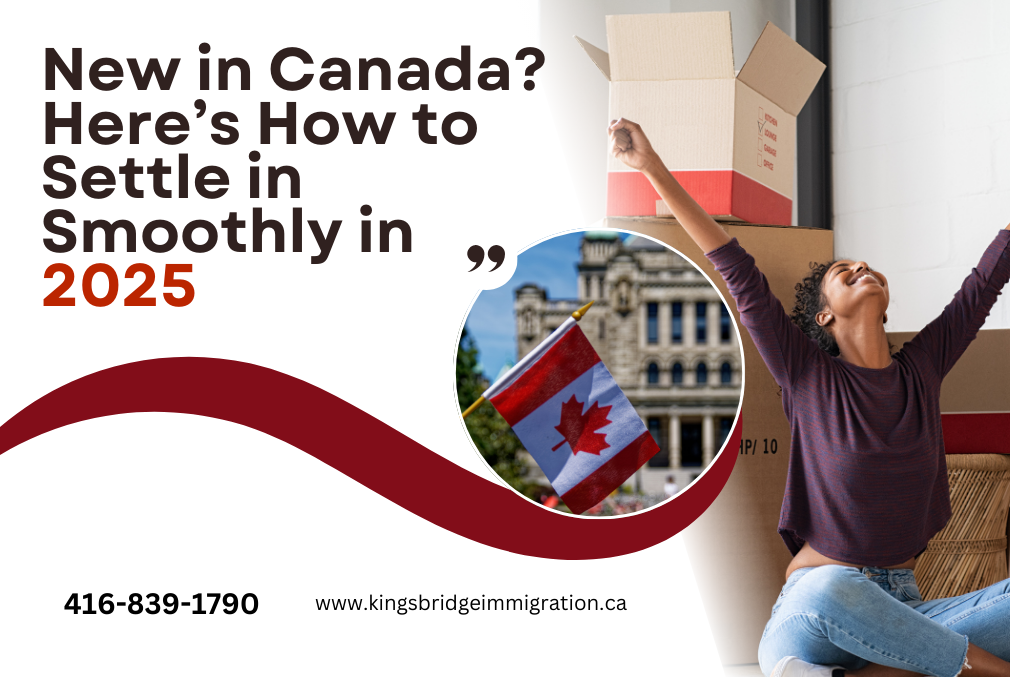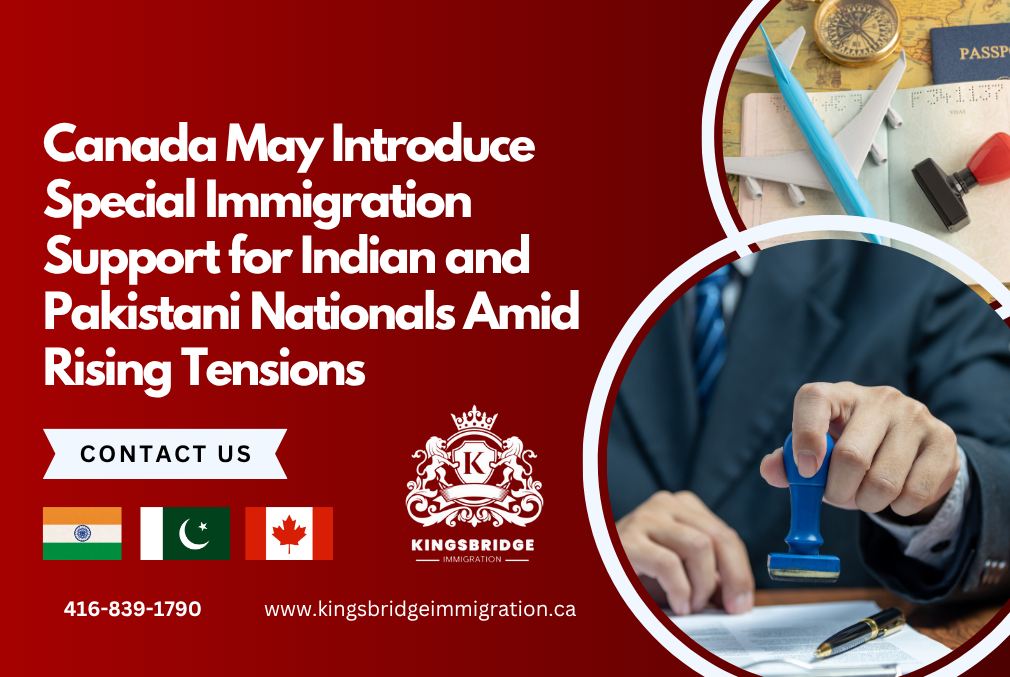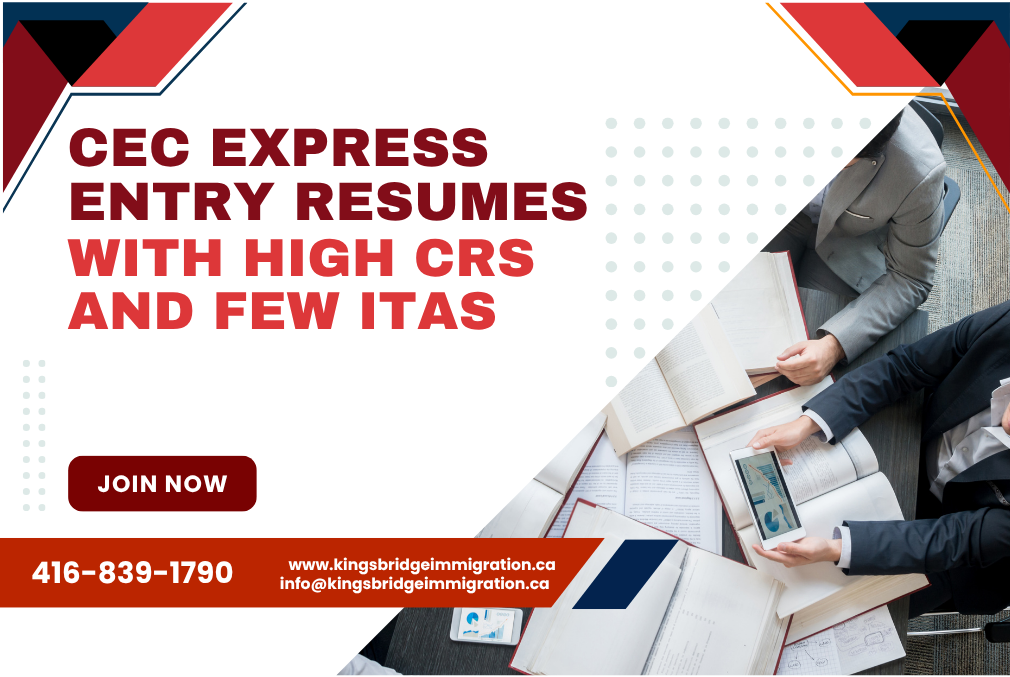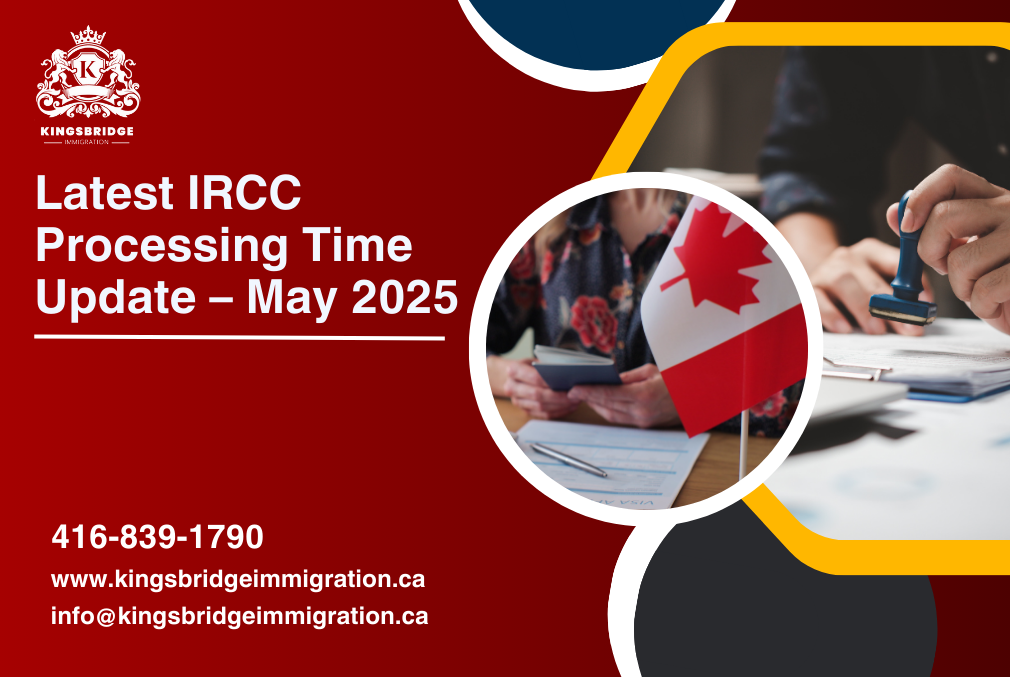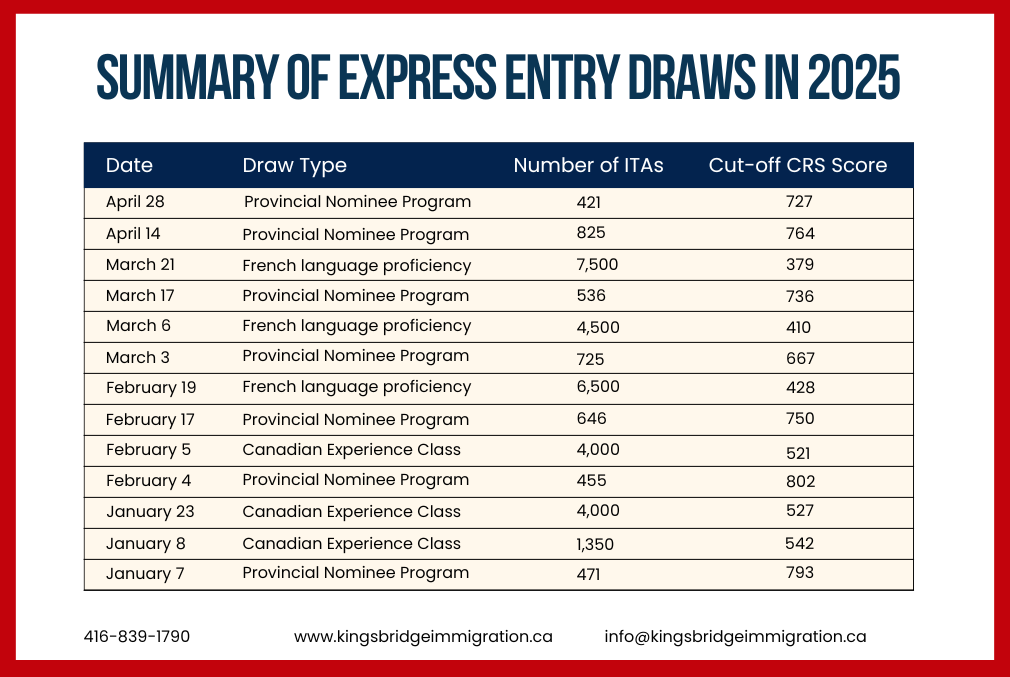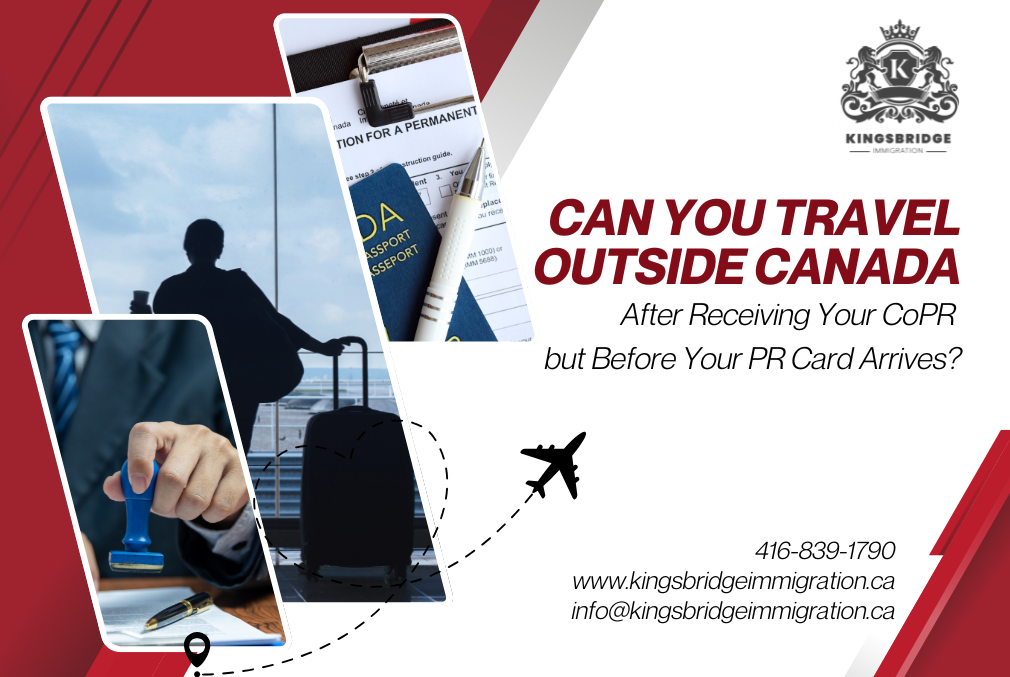
As we progress through 2025, Express Entry draws remain unpredictable, shaped by recent shifts and the federal government’s 2025–2027 Immigration Levels Plan.
The most recent draw on May 13, 2025, saw 500 Invitations to Apply (ITAs) issued under the Canadian Experience Class (CEC) with a high CRS cut-off of 547. This draw has left many prospective immigrants wondering what to expect next.
In this article, we analyze recent trends and offer insights into what the upcoming Express Entry draws may look like—helping applicants make strategic decisions in a competitive environment.
Recent Express Entry Trends in 2025
Emphasis on In-Canada Candidates
In 2025, Immigration, Refugees and Citizenship Canada (IRCC) is clearly prioritizing CEC candidates, with 9,350 ITAs issued under this category as of May 7.
The most recent CEC draw had the highest CRS cut-off of the year, reflecting a pool filled with strong profiles—mostly candidates already in Canada with relevant work experience and strong language abilities.
This strategic shift aligns with the reduced immigration targets for 2025—now 395,000 compared to 485,000 in 2024—Canada’s first annual reduction in over 10 years.
CEC draws are projected to account for 20–25% of Express Entry invitations this year, with CRS scores expected to stay above 500 due to limited draw sizes and competitive profiles.
Growth in Category-Based Draws
Since their introduction in mid-2023, category-based draws have gained traction. These target candidates with French language skills or experience in sectors like healthcare, STEM, skilled trades, and education.
In 2025, approximately 40,000 spots are allocated for category-based selections, with 1–2 draws per month expected.
Key highlights:
French Language Draws: Lower CRS thresholds and larger draw sizes. Example: March 21 saw 7,500 ITAs at a CRS of 379.
Healthcare Draw (May 2): 500 ITAs with a CRS cut-off of 510, the highest for this category.
Education Draw (May 1): Canada’s first-ever education-focused draw issued 1,000 ITAs at 479, highlighting the importance of early childhood educators and teachers.
These draws help Canada address labor shortages while supporting its goal to have 10% French-speaking immigrants outside Quebec by 2027.
Decrease in PNP Invitations
While the Provincial Nominee Program (PNP) has long been a cornerstone of Express Entry, the new Immigration Levels Plan cuts PNP targets from 110,000 in 2024 to 55,000 in 2025.
Though bi-weekly PNP draws may continue, their frequency and volume are expected to drop. Recent PNP draws had high CRS cut-offs—like 763 on April 14—due to the 600-point boost from nominations.
The reduction aims to ease pressure on housing and healthcare systems, with provinces offered the option to reallocate some nominations toward refugee resettlement instead.
Job Offer Points Removed
A major 2025 policy change was the removal of CRS points for job offers (previously 50–200 points) effective March 2025. This move targets fraudulent LMIA practices.
Though expected to slightly lower CRS cut-offs, draw scores remain high due to smaller draw sizes and infrequent invitations.
High CRS Scores and Limited Draw Sizes
Early 2025 has featured fewer invitations and higher CRS cut-offs. For example:
April saw just two PNP draws with 1,246 ITAs total, a sharp contrast to 17,000+ ITAs issued in January and February.
The May 13 CEC draw had only 500 invitations with a cut-off of 547, indicating a highly competitive Express Entry pool dominated by strong CEC profiles.
This reflects IRCC’s strategy to align with reduced immigration targets while managing the existing backlog of over 852,000 permanent residence applications, enough to meet the targets for the next two years.
Next Express Entry Draw: What to Expect
The next Express Entry draw is anticipated between May 27–30, 2025, following the biweekly pattern. However, IRCC’s draw schedule remains fluid.
Likely Draw Type
A category-based draw is most likely next, as none have occurred since May 2. Potential targets include:
- • Healthcare, due to ongoing labor shortages.
- • French Proficiency, helping Canada meet Francophone immigration goals.
- • Skilled Trades, which hasn’t seen a draw in months.
CEC draws are less likely immediately after the recent May 13 round, and PNP draws may continue at smaller volumes.
Predicted CRS Cut-Offs
- • French Proficiency: ~360–380 (e.g., March 21 draw at 379)
- • Healthcare: ~490–510 (last was 510)
- • Trades: ~450
- • PNP: ~700+ (due to 600-point nomination boost)
Applicants with CRS scores below 450 will need to qualify under targeted categories like French or trades to stand a chance.
Expected ITAs
The number of invitations may range from 500 to 2,000, depending on the draw type:
- • French draws can be larger (2,000–7,500)
- • Healthcare and trades draws are typically smaller (~500–1,000)
- • PNP draws may remain limited due to reduced quotas
As of May 13, IRCC has issued 34,440 ITAs for the year, suggesting a more controlled pace as they manage targets and inventory.
Will CRS Scores Drop in 2025?
In general, broad CRS cut-offs are unlikely to fall significantly in 2025. The combination of limited draw frequency, reduced targets, and strong applicant profiles is keeping scores high.
However, French-speaking applicants and candidates in targeted categories still have a better chance, given the lower cut-offs and higher allocation.
Can You Get PR With a 400 CRS Score?
A CRS score of 400 is unlikely to succeed in general draws this year. However, candidates with French language proficiency or experience in trades may still qualify under category-based draws.
To boost your Express Entry profile:
- • Learn French
- • Gain Canadian work experience
- • Pursue a provincial nomination
Keep your profile updated regularly, as it stays active for 12 months and new qualifications could improve your ranking.
